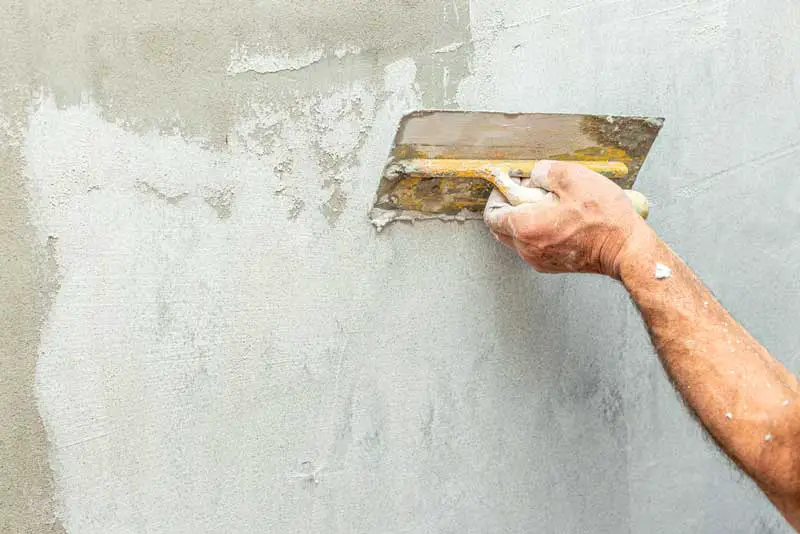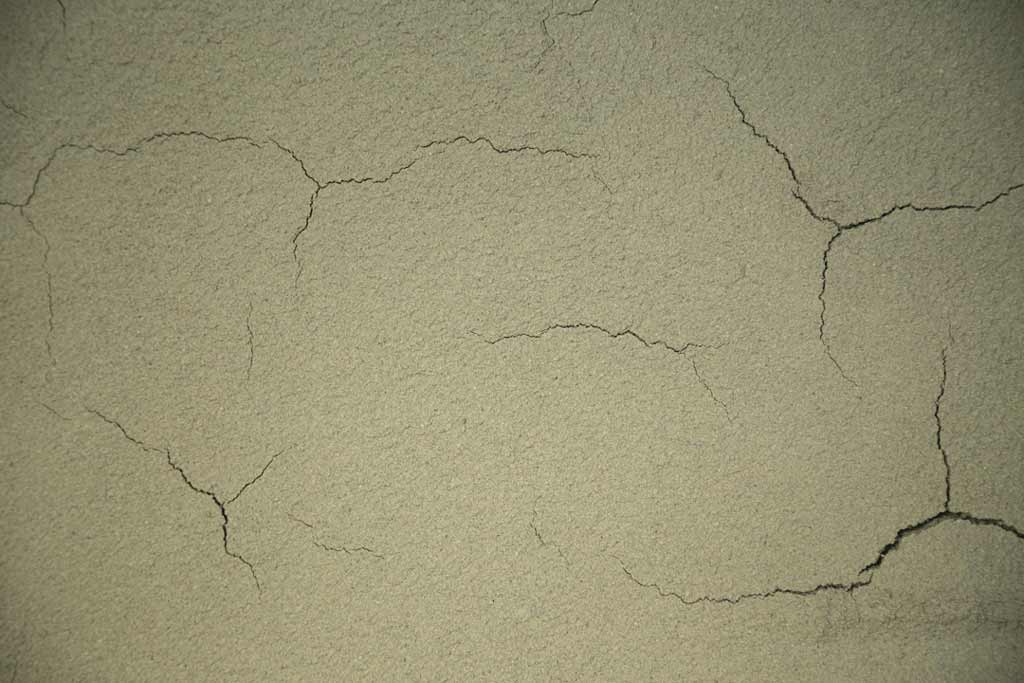
Lime plasters create a beautiful finish. They are a very versatile building material and there are many ways to finish lime plaster to create different textures. Traditionally, lime plaster was often finished with a coarse or grainy texture. In modern times, we tend to like flat smooth surfaces. So can you get a smooth finish with lime plaster?
It is possible to get a fantastic smooth finish with lime plaster but it depends on 3 variables. Firstly, you need to make sure that the plaster you are using is fine enough to achieve the desired finish. A super-fine putty and sand should be used to achieve this. Secondly, the workmanship of the plasterer will determine the quality of the finish. A good lime tradesman will be able to achieve a coarse, grainy, polished or glass-like finish with a good lime plaster. Lastly, the correct tools and techniques must be used to create a smooth finish. ‘Polishing’ the surface with a steel trowel while flicking water onto the plaster can achieve this. The smoothness will depend on the time spent polishing the surface.
There are many different types of lime plasters. The plaster used will often determine how smooth or grainy a surface will be. Coarser plaster will create a more open-grained appearance compared to a super fine lime skim plaster, which will be able to create a smoother finish.
How to Get a Smooth Finish With Lime Plaster in Detail
One of the most important factors in achieving a smooth finish is an appropriately fine lime skim coat. Without a fine plaster, it would be extremely difficult to get a smooth finish. Superfine lime putty (such as Buxton putty) and fine sand will be able to achieve this finish. Another option is to purchase pre-mixed plaster which is fine enough to achieve a smooth finish.
The workmanship is also a major factor in how smooth the finish will be. Getting a smooth finish with lime plaster can be labour-intensive, many people rush the process required to get a smooth finish. Rushing the process is not an option, often this will leave a more rustic, grainy finish. In some older houses, this is actually a preferred finish. The house I grew up in was renovated with lime plaster, and my dad chose to have a more textured grainy finish. It looked and felt fantastic, and this style will often suit older buildings.
Related article: Can You Apply Gypsum Plaster Over Lime Plaster?
Finally, to achieve a smooth finish the correct tools must be used. Using a steel trowel, sponge float and water, it will be possible to create a lovely smooth finish. As I mentioned before, this is a labour-intensive process so will likely cost more money, but it is possible to get that smooth finish.
Once the plastering is complete, the surface can be limewashed. If you are going for a completely smooth finish your best bet is to begin limewashing before the plaster is fully dry. You can begin limewashing when the plaster is hard but still green (not fully dry). Whilst you don’t have to do this, the limewash will take much better to the plaster. Some people don’t bother painting lime plaster as it creates a beautiful neutral finish by itself.
Related article: Should Lime Plaster or Render be Sealed?
How to Stop Lime Plaster From Cracking During Plastering?
Cracking can occur because of many different reasons. Whilst applying fresh plaster, the most common reasons for cracking are that the plaster is drying too quickly or the substrate was not wetted down enough prior to applying the plaster.
Wet the wall down more before applying the plaster. Plastering over materials which have high suction such as bricks will cause issues if you don’t wet the wall down enough before applying the plaster. A good practice is to wet the entire wall down well before applying any plaster and allowing it to soak in. Once soaked in, re-wet the area you are plastering as you go, keeping the wall slightly damp. Many people wet the wall down once and that’s it, but it’s important that high-suction surfaces are sufficiently moist otherwise they will suck the moisture from the plaster causing it to crack and fall off the wall.

It’s important for me to note that some suction is important to help bind the mortar to the substrate. The surface only needs to be a bit damp, not soaking, otherwise, the plaster will simply fall off as you try to apply it. Generally, it will be fairly obvious if the wall is too wet. As long as you keep the wall damp, the plaster should adhere nicely.
Stop the plaster from drying out too quickly. Lime in general will have less shrinkage, cracks and will cure stronger if it sets more slowly. If you are plastering on a hot day, or the plaster is exposed to drying winds, it may begin to crack. This is because it’s drying too quickly. The best way to combat this is by regularly mist-spraying the plaster with water to slow down the drying process. If the plaster is left unattended for some time, a common practice is to hang a damp sheet in front of the plaster, which helps to keep it moist.
Lime plaster should cure over a number of days. It should be protected for 5-7 days from harsh winds, heat, cold and other damaging elements. When using lime, it’s always important to consider that the slower it sets, the better the finished result!
Related article: Why Should You Consider Using Lime Plaster or Render?
What Kind of Lime Plasters Are There For Smooth Finishes?
Lime building materials are extremely versatile. You can achieve a multitude of different looks and textures based on the plaster you use. You can mix your own plaster using lime putty and fine sand or you can purchase pre-mixed plasters. For a skim coat, a ratio of around 1:1 or 1:2 (superfine lime putty: fine sieved sand) should be used. When making a fine skim coat, I would usually use 40-micron aggregates with superfine putty as this makes a lovely workable plaster that can create a smooth or textured finish.
If you are a beginner I would recommend you purchase pre-mixed plasters as they are easy and convenient. Pre-mixed plasters just need to have a quick mix before they are used, sometimes a small amount of water will need to be added. Make sure you give the plaster a good mix before you add water though. Over time they will tend to stiffen, when reworked they will often liven back up and not need any water.

